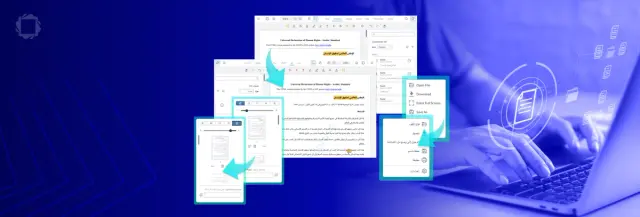Blog
Latest news, articles, and events

Apryse’s 2025 Retrospective: A Year of Exponential Growth and Expansion
Summary: In 2025, the Apryse team carried out a vision defined by continuous product evolution and strategic expansion. As this year comes to an end, we’re proud to celebrate the exciting innovations our incredible team at Apryse has delivered to help developers create even better document processing experiences.
Dec 18 2025
PRODUCT UPDATES

Native RTL Support, Now Built into WebViewer
Oct 16 2025







